Understanding Building Maintenance in Central Valley, California
Overview of Building Maintenance
Building maintenance encompasses all tasks necessary to preserve a building’s functionality, safety, and aesthetics. In Central Valley, California, this practice is especially crucial, as it involves addressing specific environmental challenges while ensuring that structures remain appealing and operational. Key components of building maintenance include:
- Routine Inspections: Regular checks ensure that any minor issues can be addressed before they escalate.
- Repairs and Upgrades: Keeping up with repairs and implementing upgrades enhances a building’s longevity and value.
- Cleaning and Landscaping: Maintaining clean interiors and appealing exteriors contributes to the overall health of the property.
Importance of Proper Maintenance Practices
Proper maintenance practices are vital for minimizing risks and maximizing investment. They not only prolong the life of buildings but also improve occupant safety and experience. Benefits include:
- Cost Savings: Proactive maintenance reduces long-term repair costs by catching issues early.
- Increased Property Value: Well-maintained buildings are more desirable in the real estate market.
- Enhanced Safety and Comfort: Regular maintenance ensures compliance with safety standards and promotes a healthier living environment.
In conclusion, understanding building maintenance in Central Valley is integral to preserving property value and ensuring the safety and satisfaction of all occupants.
Climate Considerations in Central Valley
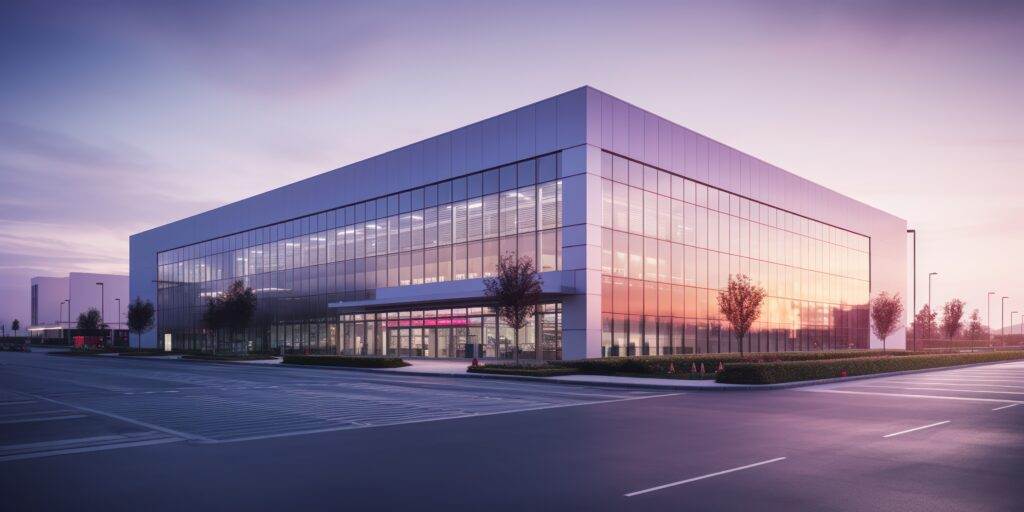
Impact of Central Valley Climate on Buildings
The climate in Central Valley, California, plays a significant role in building maintenance strategies. Characterized by hot, dry summers and mild, wet winters, the region’s diverse weather conditions necessitate mindful construction and maintenance practices. High temperatures can cause materials like roofing and siding to expand and contract, leading to wear and tear over time. Additionally, the area’s occasional heavy rains can lead to water infiltration if proper maintenance protocols aren’t in place. To mitigate the impact of climate, consider the following:
- Insulation: Good insulation helps maintain comfortable indoor temperatures and reduces energy costs.
- Choice of Materials: Selecting weather-resistant materials can prolong the life of a building and lower maintenance need.
- Drainage Systems: Effective drainage helps prevent water accumulation, reducing potential water damage.
Weather-related Maintenance Challenges
While the climate brings its own set of maintenance challenges, being aware and prepared can make all the difference. Key challenges include:
- Heat Stress: Prolonged exposure to high temperatures can lead to roof damage, necessitating regular inspections.
- Rain and Humidity: Wet conditions can facilitate mold growth, requiring preventive measures such as water-resistant finishing and thorough ventilation.
- Dust and Air Quality: Dust storms can infiltrate HVAC systems, underscoring the importance of regular filter changes and cleaning.
By addressing these weather-related factors proactively, property owners can reduce risks and extend the life of their buildings. Climate awareness is essential for effective building maintenance in the Central Valley.
Building Maintenance Checklist


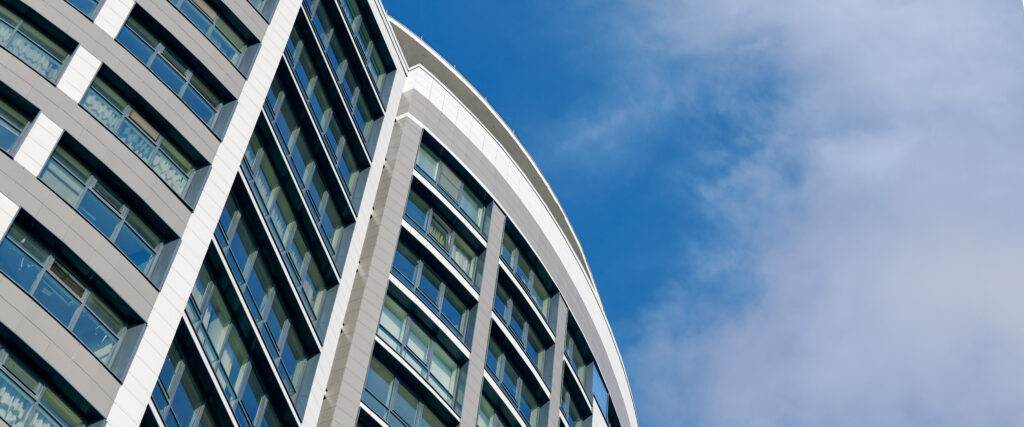
Regular Inspections and Repairs
A crucial component of effective building maintenance is establishing a routine inspection schedule. Regular inspections can identify potential issues before they escalate into costly repairs. Here’s a simplified checklist to guide this process:
- Inspect Roofs: Check for missing shingles, leaks, and debris buildup.
- Examine Plumbing: Look for leaks, corrosion, or unusual noises in pipes.
- Evaluate Electrical Systems: Test outlets, check for frayed wiring, and ensure grounding.
Establishing this routine can be greatly beneficial. For instance, a timely roof inspection can prevent extensive water damage during the rainy season, preserving both property and finances.
HVAC Maintenance
A well-functioning heating, ventilation, and air conditioning (HVAC) system is vital for comfort and efficiency, especially in the temperature extremes of Central Valley. Regular HVAC maintenance includes:
- Changing Filters: Regularly replacing filters improves efficiency and air quality.
- Annual Check-Ups: Schedule professional inspections to ensure all components are functioning well.
- Cleaning Ducts: Periodic duct cleaning enhances airflow and reduces allergens.
Neglecting the HVAC system can lead to unexpected breakdowns, so routine care is essential.
Exterior Building Maintenance
Curb appeal is greatly influenced by the exterior condition of a building, yet it often gets overlooked. Consider these maintenance tasks:
- Wash Windows and Facades: Regular cleaning enhances appearance and prevents grime buildup.
- Inspect and Repair Siding: Look for cracks or decay that could allow pests or moisture to infiltrate.
- Landscaping Maintenance: Trim shrubs and keep pathways clear to promote a welcoming environment.
By regularly addressing these exterior maintenance tasks, property owners can ensure that their buildings remain safe, functional, and appealing.
Hiring Professionals for Building Maintenance

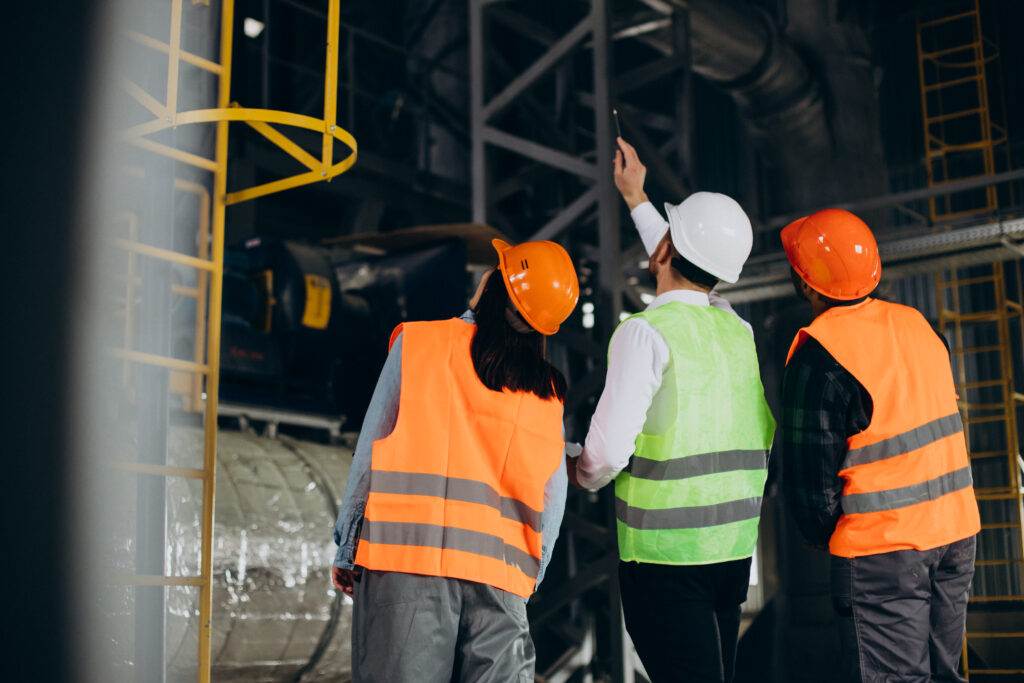

Importance of Professional Services
Engaging professional services for building maintenance can significantly enhance the longevity and functionality of your property. While it might be tempting to handle maintenance tasks independently, professionals bring invaluable expertise and resources that can prevent costly mistakes and ensure high-quality work. Here are some reasons why professional services are essential:
- Expertise: Professionals possess specialized knowledge regarding building systems and maintenance protocols.
- Safety: Certified maintenance providers understand safety regulations and practices, greatly reducing the risk of accidents.
- Time Efficiency: Hiring professionals allows property owners to focus on other important priorities while ensuring that maintenance tasks are completed in a timely manner.
Ultimately, employing experienced professionals means peace of mind that your building is being cared for by qualified individuals.
Factors to Consider When Choosing Maintenance Providers
Selecting the right maintenance provider can be daunting, but keeping a few key factors in mind can simplify the process:
- Reputation: Look for customer reviews, testimonials, and ratings to gauge the provider’s reliability.
- Services Offered: Ensure the provider offers a comprehensive range of services that fit your specific maintenance needs.
- Licensing and Insurance: Confirm that the professionals are appropriately licensed and insured to protect against liability.
- Experience: Opt for companies with a solid track record, especially in handling buildings similar to yours.
By carefully evaluating these factors, property owners can confidently select competent maintenance providers that will help maintain the integrity of their buildings over time.
Budget and Cost Considerations

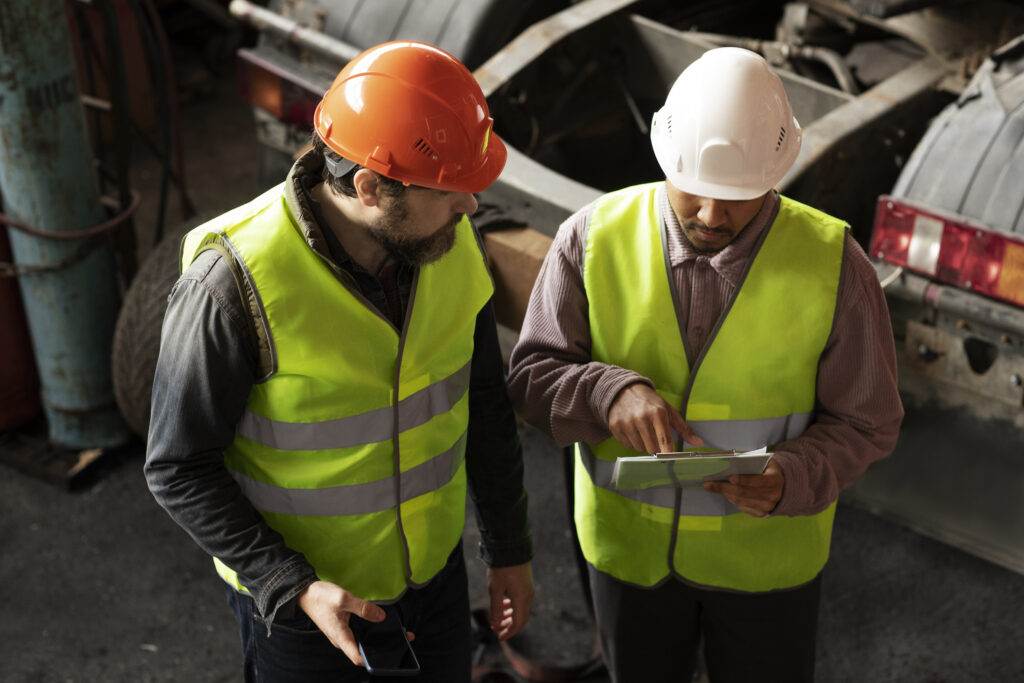
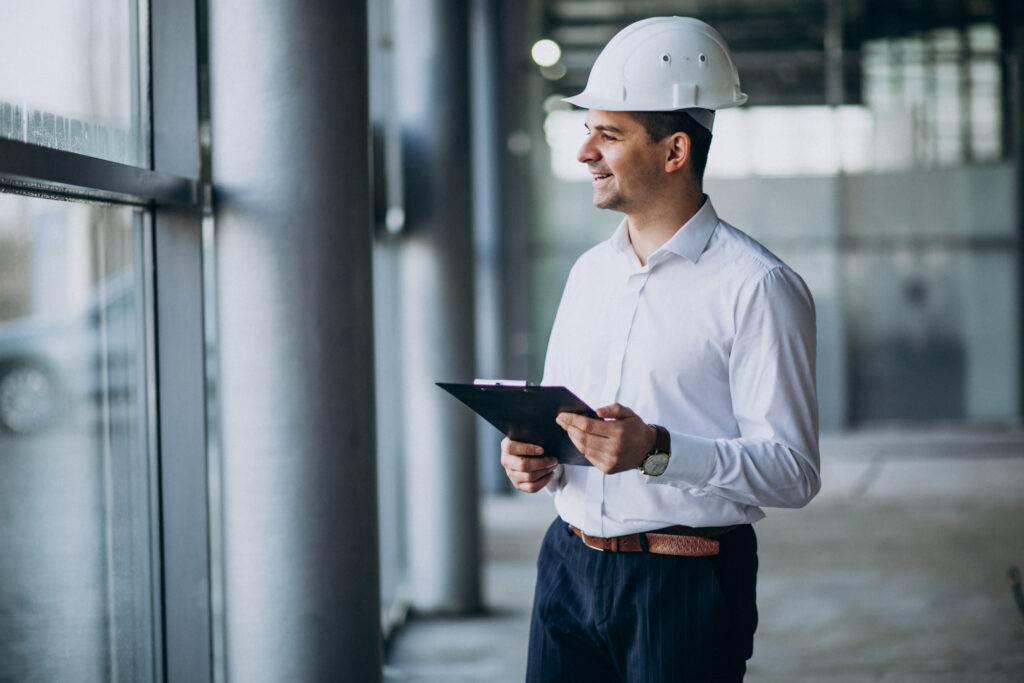
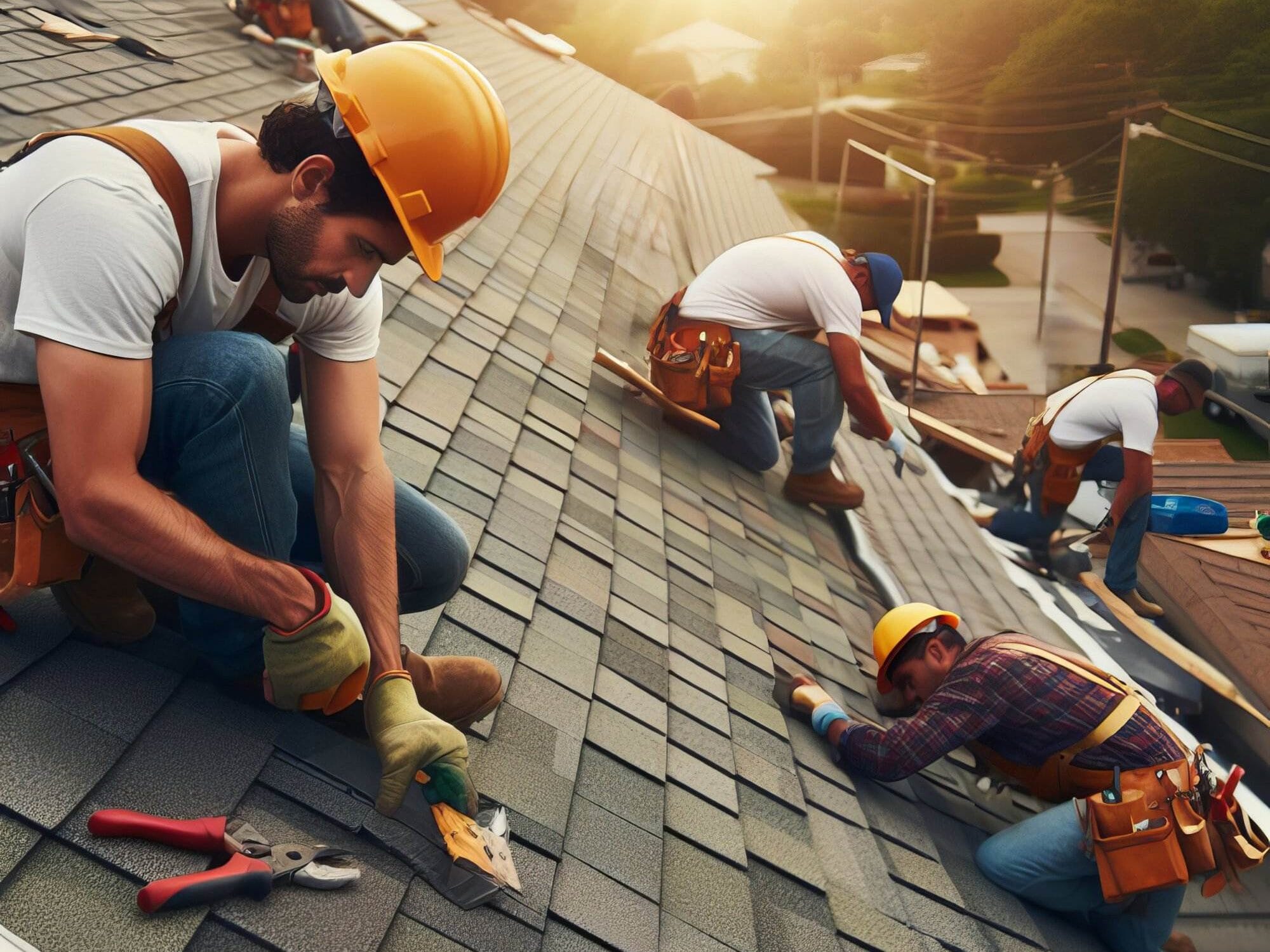
Planning Maintenance Budgets
Effective budget planning is crucial for successful building maintenance. A well-structured maintenance budget not only ensures that funds are available for necessary repairs but also helps in anticipating future expenses. Here are some essential steps to consider when planning a maintenance budget:
- Assess Current Condition: Conduct a thorough inspection of the property to identify immediate maintenance needs.
- Estimate Costs: Research costs for repairs, routine maintenance tasks, and professional services to create a realistic estimate.
- Allocate Funds: Set aside a portion of your budget for unexpected repairs, as issues like plumbing leaks or roof damage can arise suddenly.
Creating a budget not only aids in financial management but allows for proactive care that can minimize expenses over time.
Cost-saving Strategies in Building Maintenance
Implementing effective cost-saving strategies can result in significant long-term savings. Here are some tried-and-true methods:
- Preventive Maintenance: Regular inspections and servicing can avert costly repairs down the road by catching issues early.
- Energy Efficiency Upgrades: Investing in energy-efficient systems, such as LED lighting or improved insulation, can reduce utility costs significantly.
- Bulk Purchasing: For routine repairs or supplies, consider buying in bulk to take advantage of discounts.
By adopting these strategies, property owners can ensure they are making the most of their maintenance budgets while safeguarding their investments. With careful planning and smart choices, maintaining a building becomes a seamless and cost-effective part of property ownership.
Compliance and Regulations
Understanding Local Maintenance Regulations
Navigating local maintenance regulations is vital for property owners in Central Valley, California. These regulations are designed to ensure safety, sustainability, and community standards. Familiarizing oneself with relevant laws and ordinances can seem daunting, but it significantly impacts the effectiveness of building maintenance. Key regulations to consider include:
- Building Codes: Complying with state and local building codes is essential for safe construction and modifications. These codes dictate everything from structural integrity to electrical systems.
- Health and Safety: Local health codes enforce standards for sanitary conditions, particularly for commercial properties such as restaurants or retail spaces.
- Environmental Regulations: Understanding waste disposal and environmental protection regulations can prevent costly fines and contribute to sustainability efforts.
Ensuring Compliance in Building Maintenance
Ensuring compliance with local regulations is not just about avoiding penalties; it enhances the safety and functionality of the building. Here’s how property owners can stay compliant:
- Document Management: Maintain a complete record of all maintenance activities, inspections, and repairs, as this can come in handy during compliance checks.
- Hire Certified Professionals: Employing professionals who are well-versed in local regulations can ensure all work is done to standard.
- Regular Training: Invest in training for maintenance staff to keep them updated on relevant regulations.
By proactively engaging with local regulations, property owners can create a safe and compliant environment, ultimately protecting their investment and the well-being of occupants.
Technology and Building Maintenance
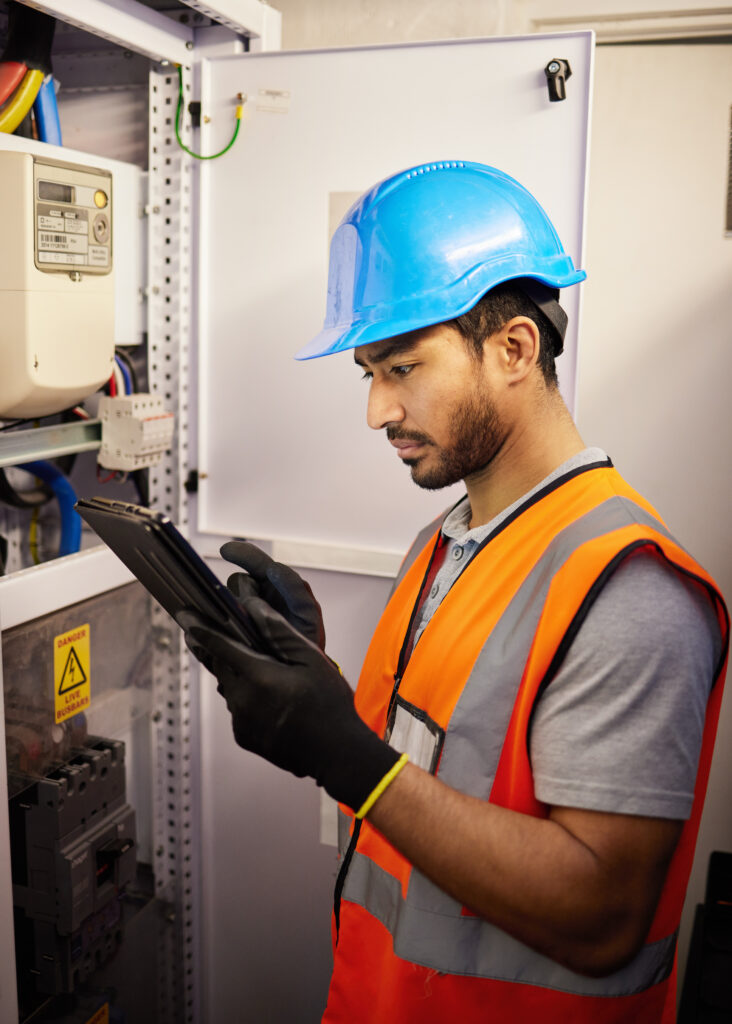
Role of Technology in Maintenance Practices
In today’s fast-paced world, technology plays an increasingly vital role in building maintenance practices. It streamlines processes, enhances efficiency, and reduces overall costs. Technology acts as a foundation for various maintenance strategies, providing tools that help property owners better manage their assets. Some key technological applications include:
- Property Management Software: These tools help track maintenance schedules, issues, and inspections, ensuring nothing falls through the cracks.
- IoT Devices: Smart sensors can monitor conditions such as temperature, humidity, and occupancy, enabling real-time adjustments to HVAC systems or alerting staff to maintenance needs.
- Drones: Drones are becoming common for roof inspections, providing a safe and efficient way to assess hard-to-reach areas for damage and wear.
Benefits of Technological Innovations in Building Maintenance
The incorporation of technological innovations in building maintenance brings numerous benefits:
- Cost Efficiency: Predictive maintenance powered by technology can significantly cut costs by addressing issues before they escalate into major repairs.
- Improved Accuracy: Automated systems lead to precise tracking and reporting of maintenance tasks, minimizing human error.
- Time Savings: Technology not only speeds up routine tasks but also allows for quicker response time to urgent repairs.
By embracing technology, property owners can enhance their building maintenance strategies, ensuring that their structures remain in optimal condition while maximizing their budget and efforts. The future of building maintenance is indeed bright with the integration of innovative technologies.





